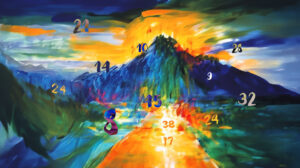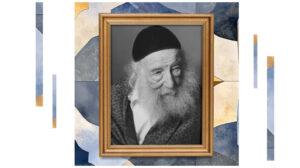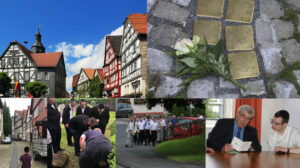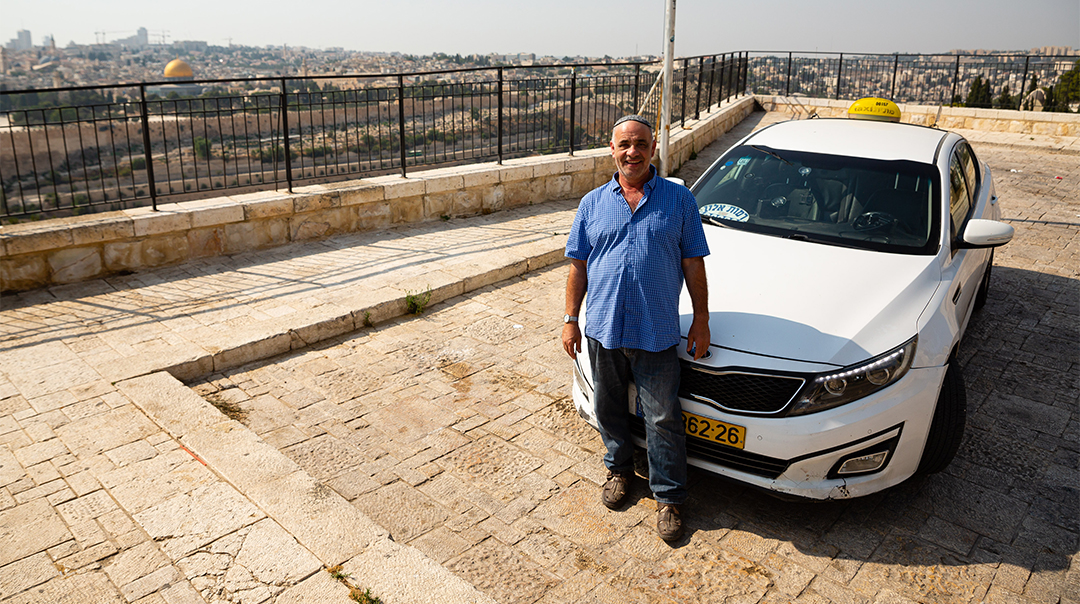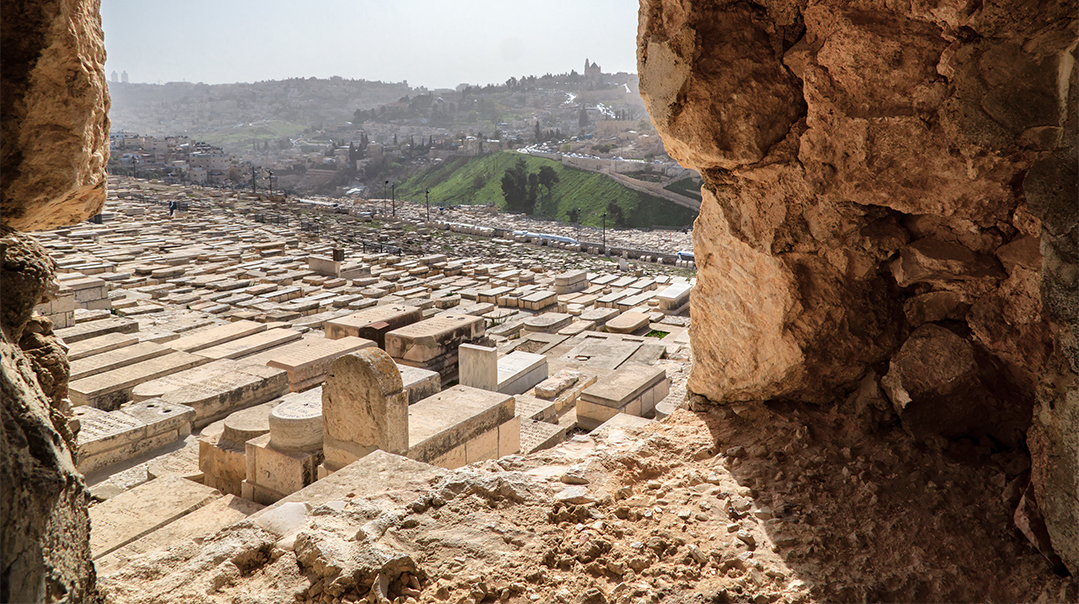If Stones Could Hug

The driver told me that he eventually discovered that the wall was the Kotel, and he learned what it was and what it represented
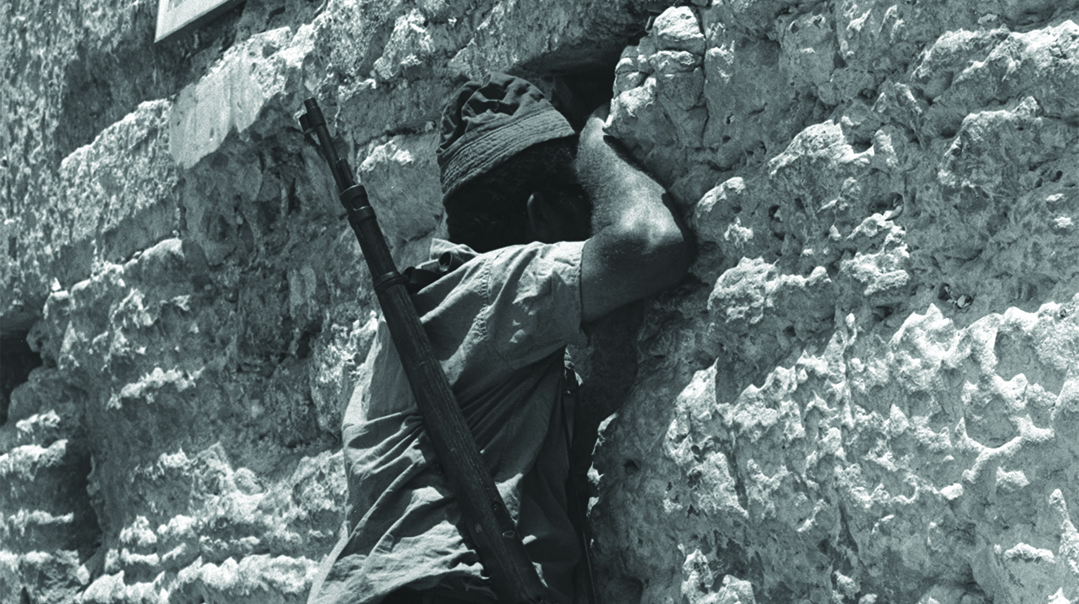
As told to Margie Pensak by Dr. Michael Elman
T

He told me that he fought in the Six Day War, and was part of the group of soldiers that liberated the Old City. “As I ran through the narrow passageways, I was separated from the others,” he told me. “Suddenly, I found myself alone near a massive wall. I had never seen anything like it and I had no idea what it was.”
He described experiencing intense emotion. “I didn’t understand what that feeling was. It was a powerful force, pulling at me. I was frozen, I couldn’t move. I started to cry uncontrollably.”
When the others in his group caught up with him, they thought he was wounded, maybe even dying.
“They couldn’t figure out what was wrong with me. I was totally unresponsive.”
The driver told me that he eventually discovered that the wall was the Kotel, and he learned what it was and what it represented. “But ad hayom,” he said, “until today, I still don’t understand that feeling I experienced.”
I thought I knew what it was.
Oops! We could not locate your form.

